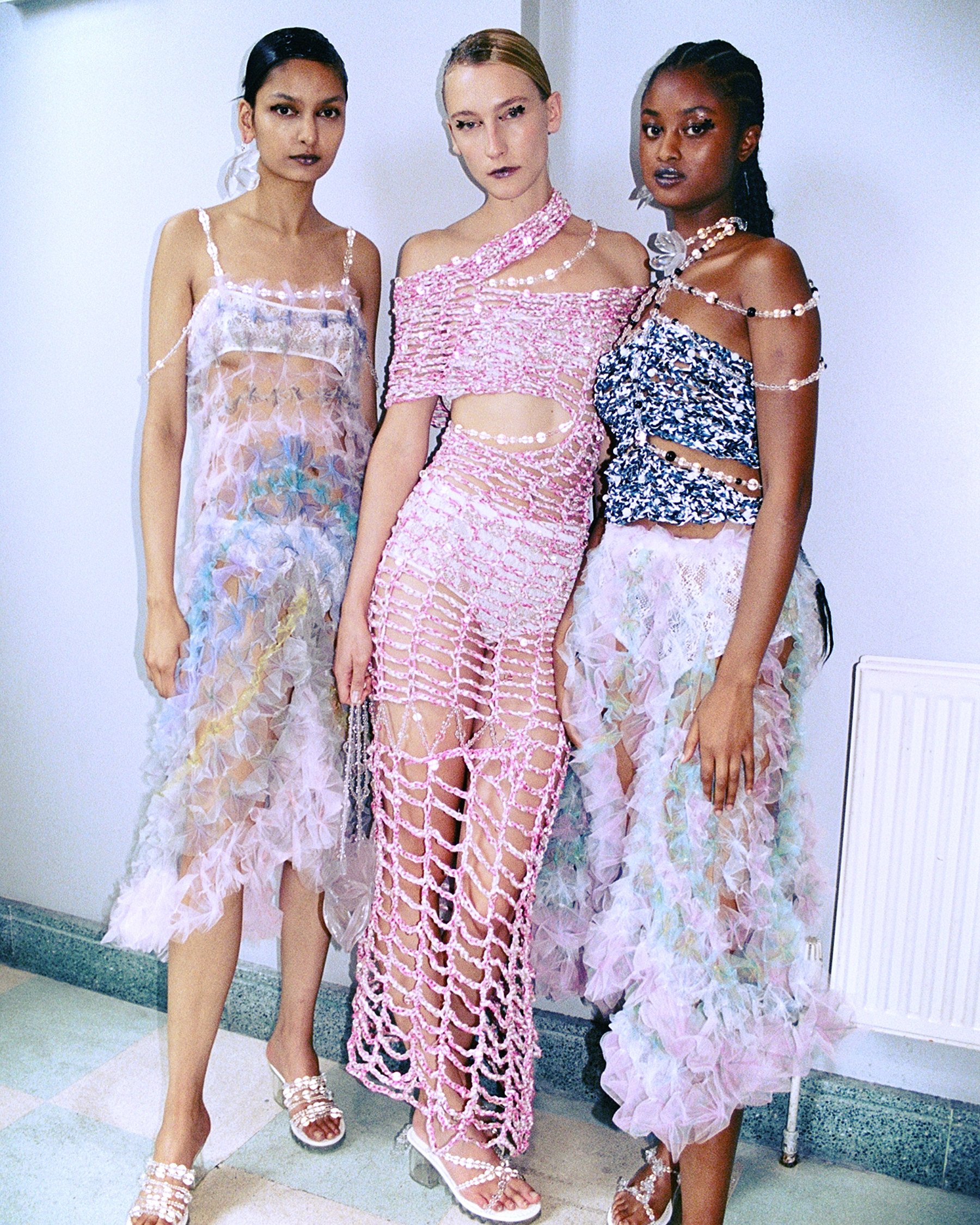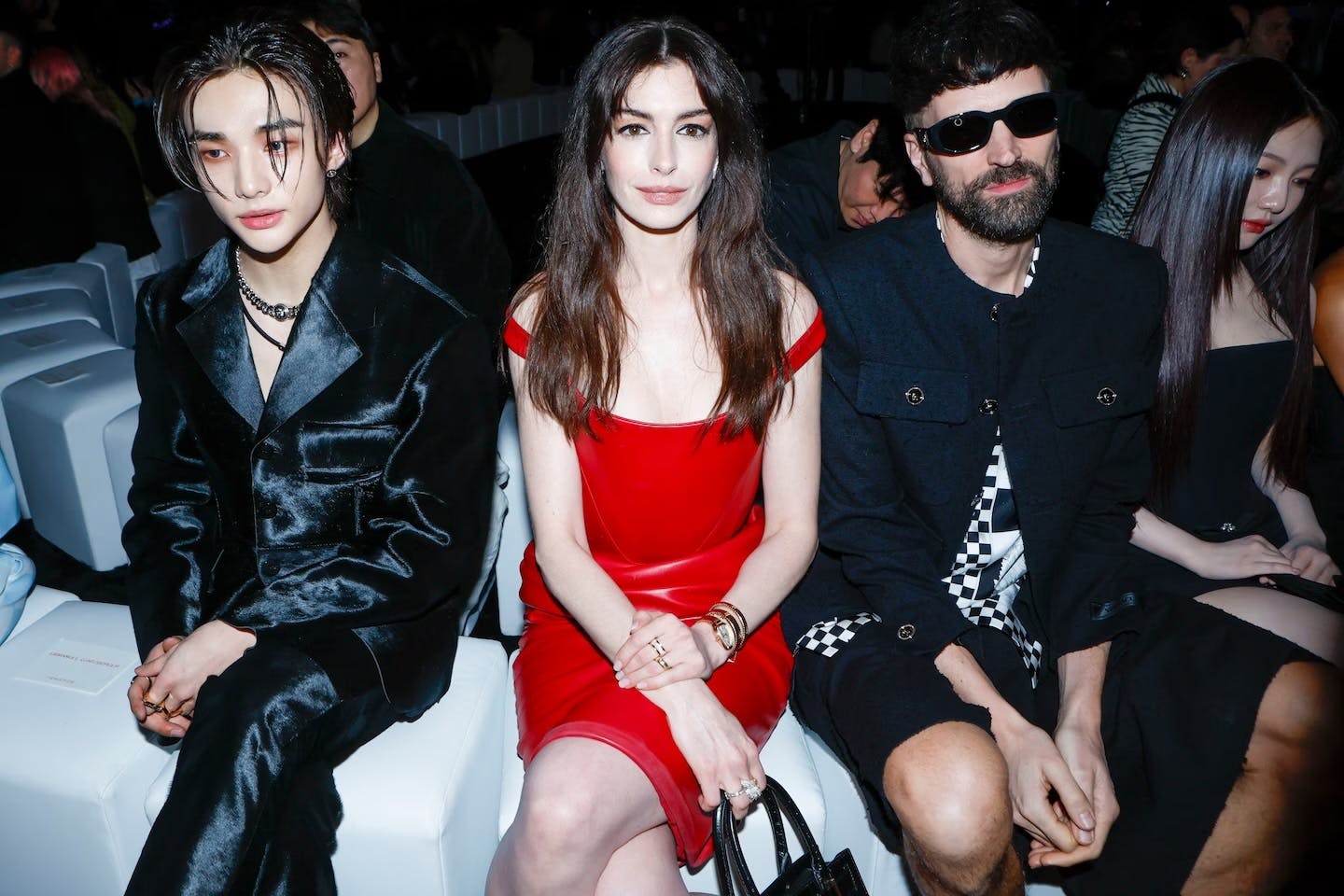
Chinese influence on global fashion trends is more than just a fleeting phenomenon; it's a revolution that’s reshaping the industry landscape. As the curtains closed on the illustrious fashion weeks in Milan and London, one fact remained undeniable: Chinese celebrities and consumers have become pivotal in directing the fashion narrative worldwide. This transformation is not just a testament to China’s burgeoning economic might but also to its cultural and creative prowess that has captivated the global fashion industry.
The Power of Chinese Tastemakers
The spotlight was on Chinese tastemakers at the Milan Fashion Week, where their choices in fashion not only resonated with audiences but also dictated the buzz on social media platforms. Brands like Prada, Gucci, and Ferragamo were among the top picks, courtesy of influential Chinese Key Opinion Leaders (KOLs). These tastemakers act as bridges between Western fashion houses and the vast Chinese market, ensuring that the designs that grace the runways are those that align with the preferences of Chinese consumers.
Celebrity Powerhouses
Chinese celebrities such as Xiao Zhan, Hou Minghao, and Gao Yuanyuan have become synonymous with luxury and style. Their attendance and endorsement during fashion weeks are not just ceremonial but strategic, highlighting the garments and collections that are likely to trend globally. For instance, Xiao Zhan's appearance at Milan Fashion Week caused a stir, attracting media attention and amplifying the visibility of the brands he wore. His influence extends beyond mere fashion, as he embodies a lifestyle that many aspire to emulate.
The Economic Might of the Chinese Market
China’s role as a major consumer market cannot be overstated. With a burgeoning middle class eager to spend on luxury goods, the Chinese market represents a significant portion of sales for high-end brands. The country's demand for luxury fashion is so immense that it has become a crucial factor in the strategic planning of global fashion houses. This influence was palpable during the London Fashion Week, where collaborations with Chinese designers like Chet Lo and Yuhan Ao highlighted the symbiotic relationship between Western fashion and Chinese creativity.
The Rise of Chinese Designers
Chinese designers are no longer just contributors to global fashion; they are innovators who are reshaping the industry's aesthetics. Designers like Chet Lo, known for his signature spiked knitwear, and Yuhan Ao, who brings a futuristic touch to traditional Chinese elements, have received international acclaim. Their collections are not merely garments but a fusion of cultural heritage and modernity that appeals to a global audience.
Social Media: The Catalyst of Change
The role of social media in amplifying Chinese influence on global fashion cannot be ignored. Platforms like Weibo, Douyin (the Chinese version of TikTok), and Xiaohongshu are where trends are born and spread virally. These platforms have become the epicenter of fashion discussions, where influencers and celebrities share their experiences and endorsements, creating ripples that are felt worldwide.
Chinese consumers are highly engaged on these platforms, making them invaluable tools for brands looking to penetrate the market. The real-time feedback and interaction allow brands to tailor their offerings to meet the nuanced demands of Chinese consumers, ensuring relevance and appeal.

Challenges and Opportunities
While the influence of Chinese consumers and celebrities is a boon for fashion brands, it also presents challenges. Navigating the cultural nuances and preferences of the Chinese market requires a deep understanding and sensitivity that goes beyond superficial engagement. Brands must be authentic in their approach, respecting the cultural heritage while offering designs that resonate with the modern Chinese consumer.
Moreover, economic policies and tariffs, such as those imposed by the US on Chinese imports, pose additional challenges. These tariffs have led to a shake-up in the fashion industry, forcing brands like Steve Madden and Shein to rethink their strategies to offset rising costs. However, these obstacles also present opportunities for innovation and adaptation, pushing brands to explore new ways to maintain their foothold in the market.
The Future of Fashion: A Sino-Centric World
The global fashion industry is on the cusp of a transformation where Chinese influence is not just a part of the narrative but a driving force. This influence is set to grow, with Chinese consumers and creators increasingly dictating the trends that define the industry. As fashion weeks in Milan and London have shown, the future of fashion is not just about Western creativity but a harmonious blend of Eastern innovation and Western design.
In this new era, the fashion industry must embrace the dynamism that Chinese influence brings, ensuring that the runway is a reflection of a truly global narrative. As we look to the future, the synergy between Chinese culture and global fashion promises to create a tapestry of style that is as diverse as it is inspiring. The world is watching, and the Chinese fashion revolution is just getting started.
